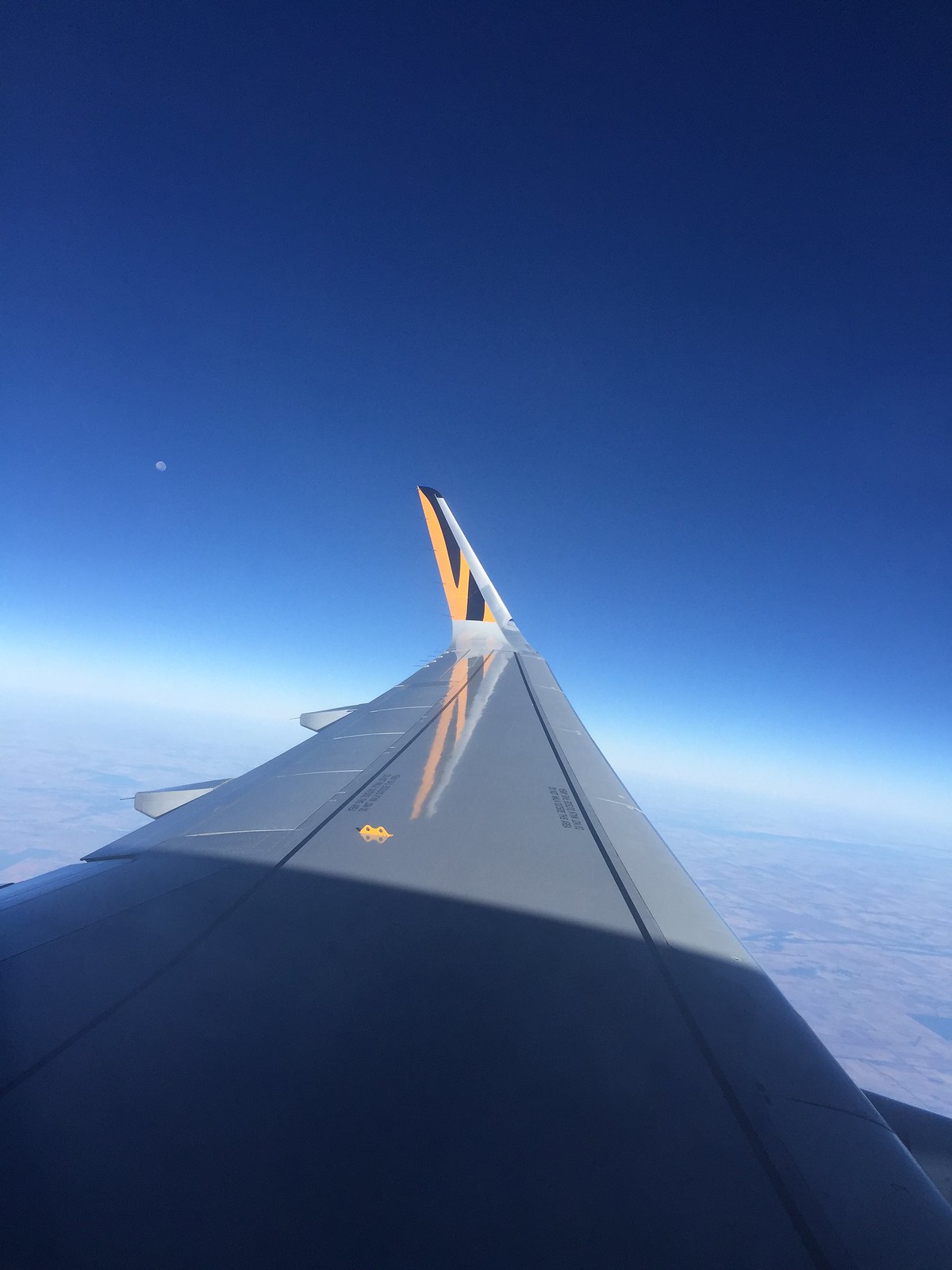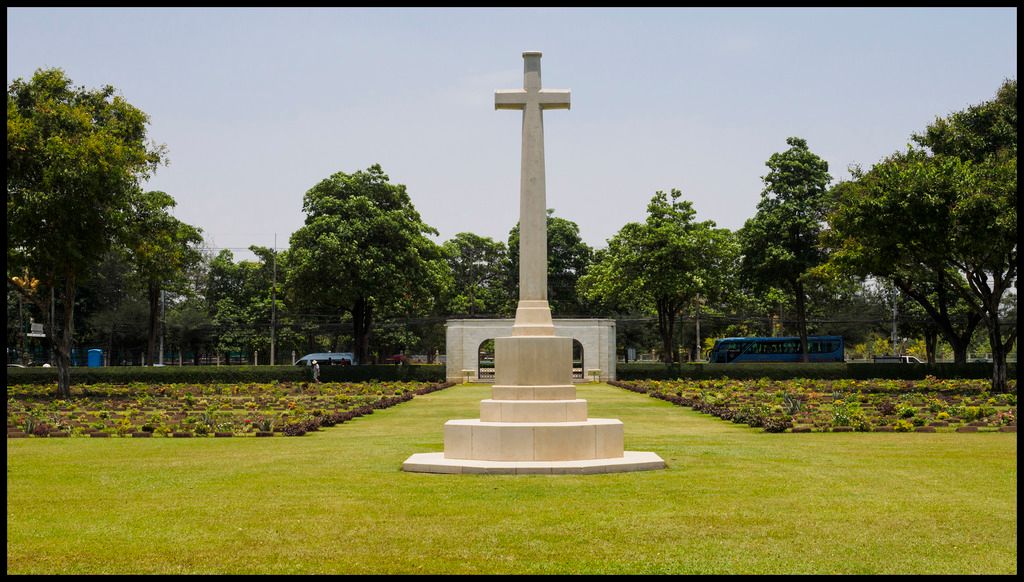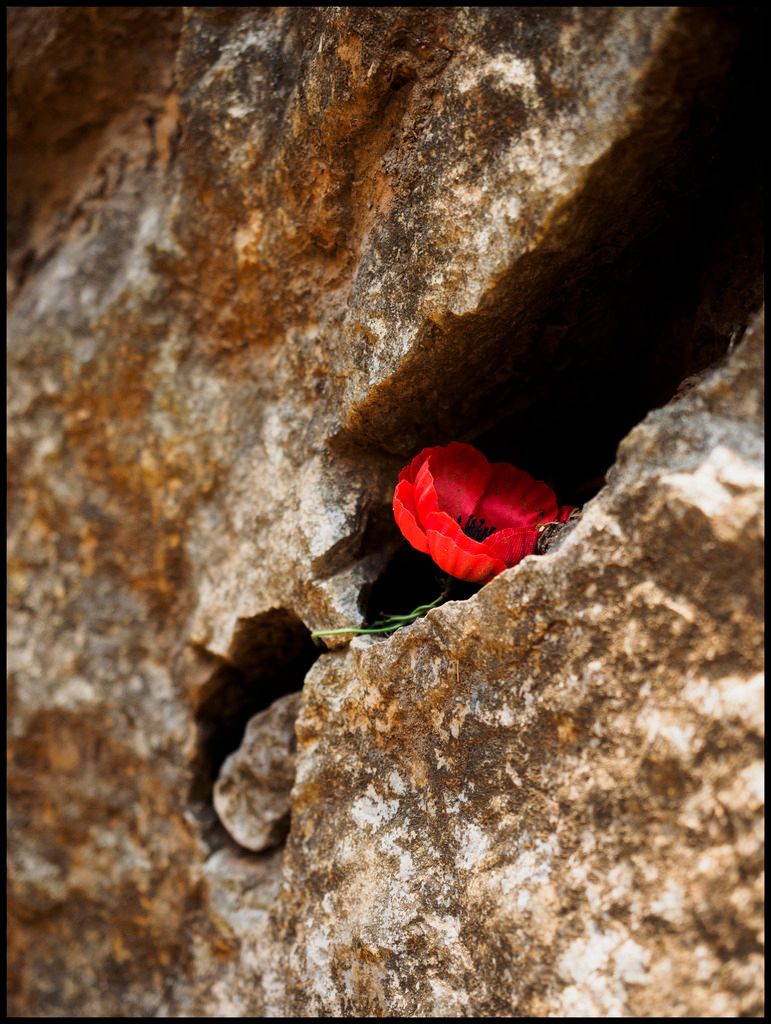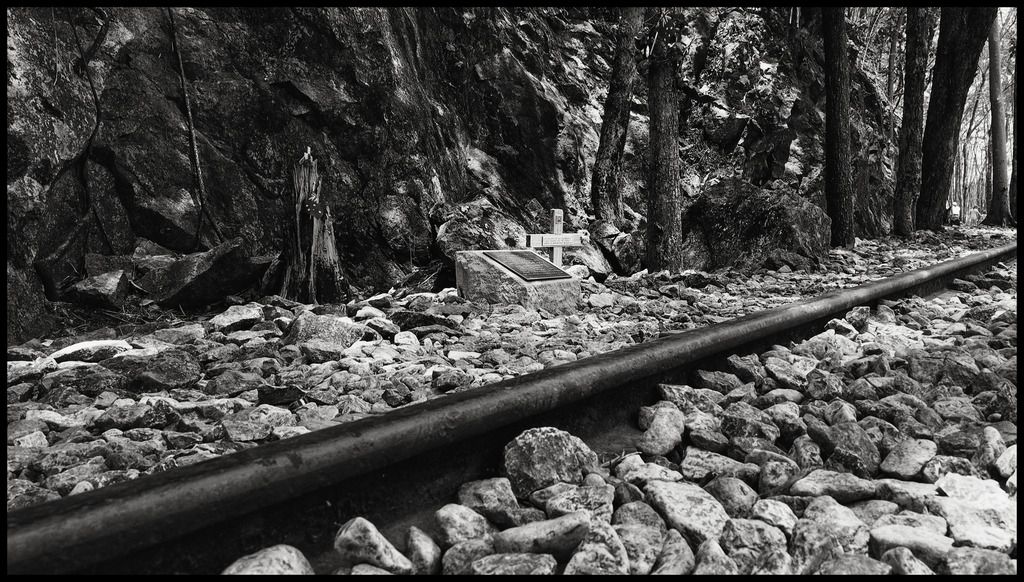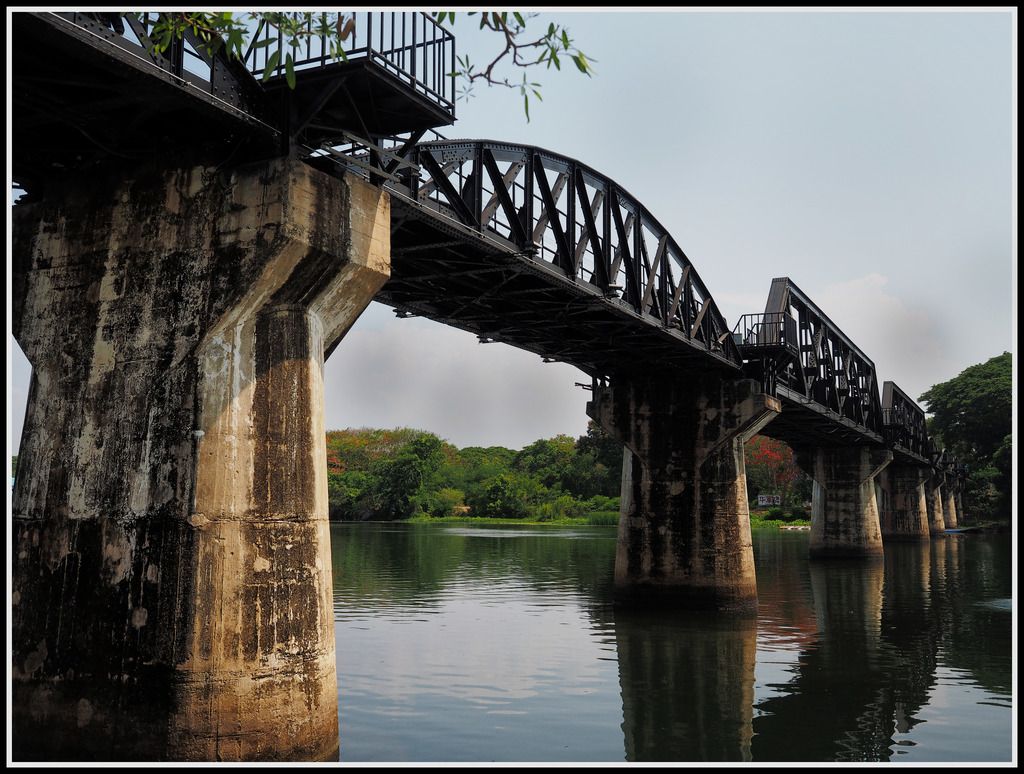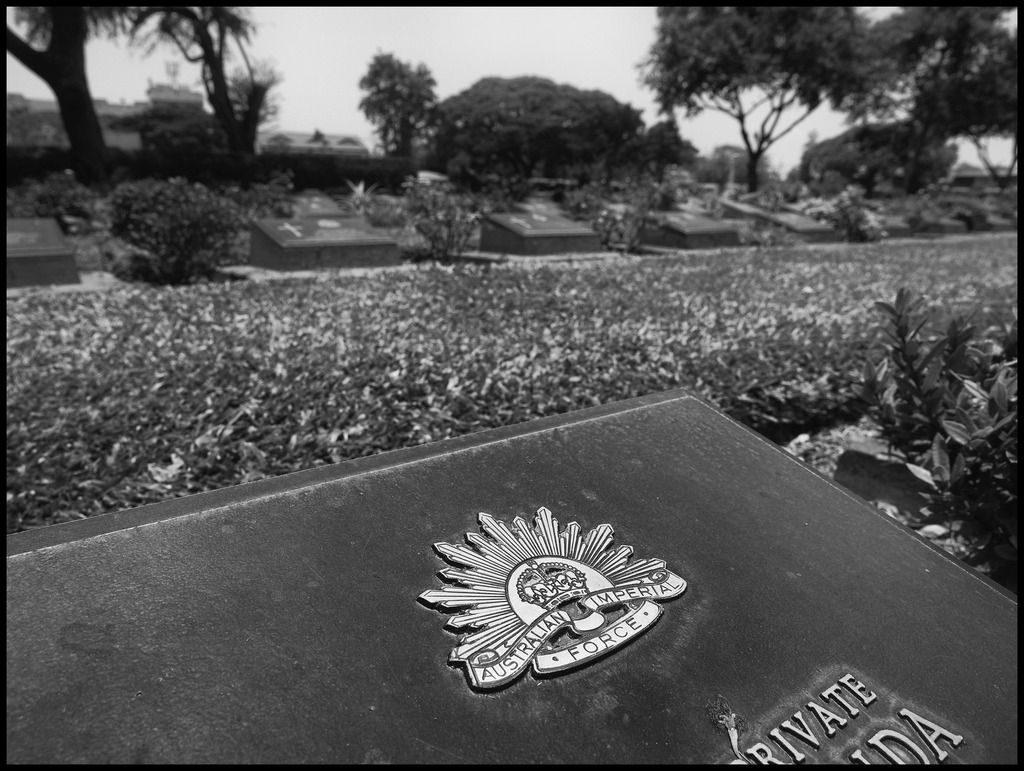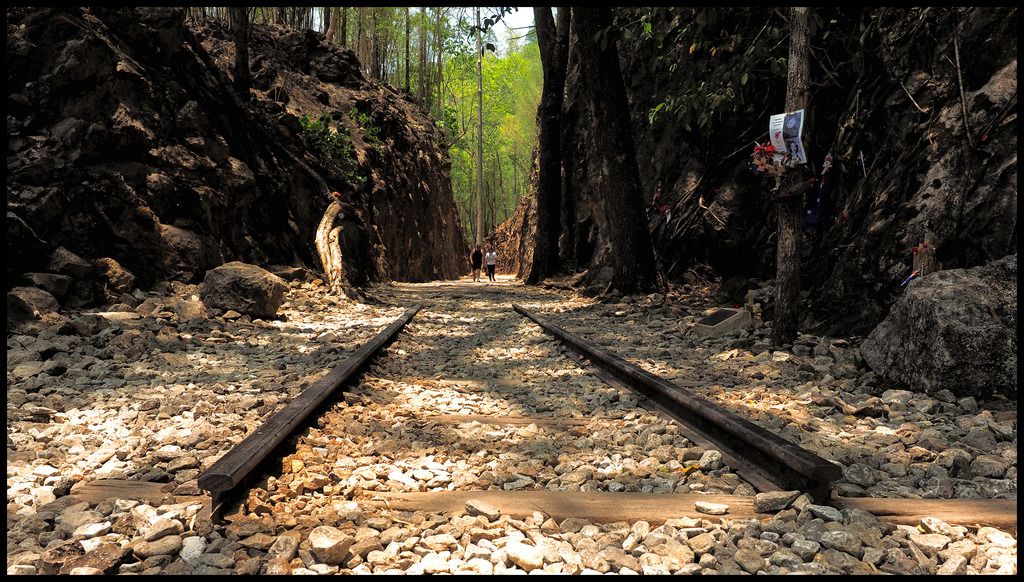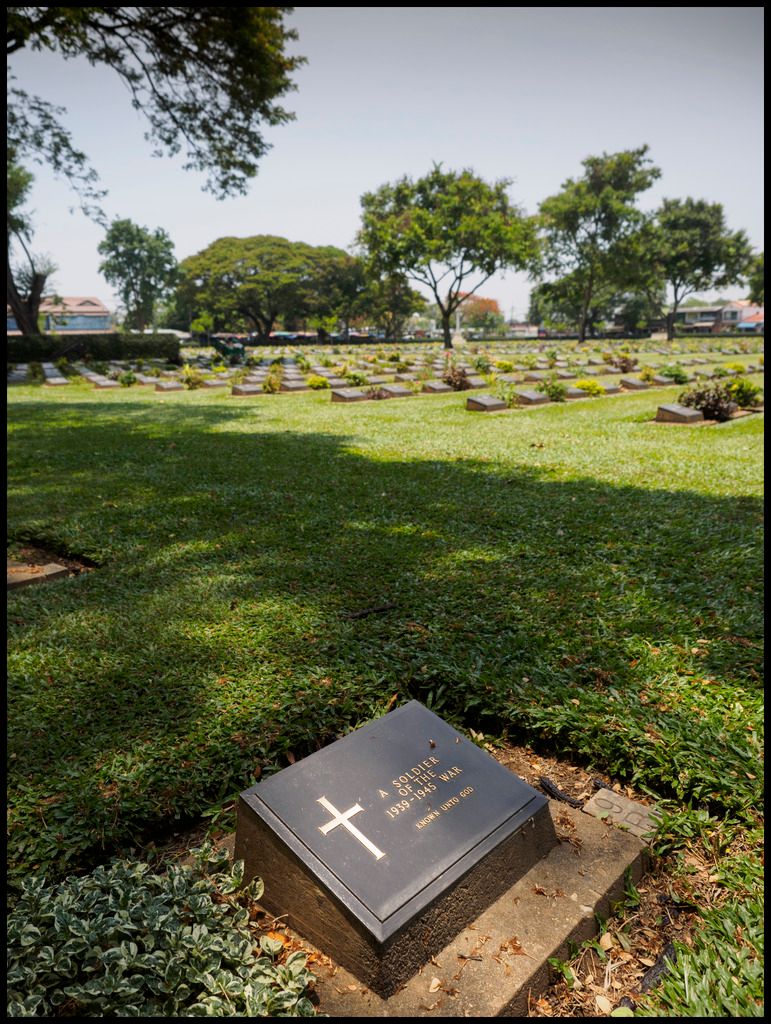First I got upgraded to exit row for free, then the moon showed up 
First I got upgraded to exit row for free, then the moon showed up :)https://farm2.staticflickr.com/1523/25933139430_4fdcc584b9_h.jpg
Nice.
But needs more gremlins.
Ive got on of those above shots.taken in september 1970 after 7 months in California. I thought the plane was going to crash. Im scanning a box of slides at the moment.
I’m learning it can be a bit difficult taking photos at night. Here a couple that turned out ok. These are handheld, will get around with the little gorillapod soon hopefully!
Piazza del Popolo

The fountain at the foot of the Spanish steps. Steps are fenced off (still…)

Good work. When you get back, invest in a proper tripod. It’s well worth it.
1st day in Bangkok.
Went for wander through a local market. Certainly an eye opener, lol.
I threw a little point and shoot in the pocket and i’m glad i did. Took a few snaps that i thought reflected the place but was a bit wary of what the locals might think. Anyway.
]http://i67.tinypic.com/f9k085.png
The place was dark, some sudden splashes of colour, filthy , grimey and gritty, it assaulted the senses (particularly the nasal ones!) like nowhere else ive been, there was grave risk of being rundown by a million scooters, i speak not a word of Thai and had little idea of what much of the produce was.
I loved it.
My 2 year old grandson’s fav pic, even out rating peppa pig, and it has to be the crappy ipod pic from inside the car because that’s the only way he gets to see Franger’s chrome gnome.
PS For those of you pining for the gnome’s predecessor, you can still see the wobbly tree in the nearby McClelland Gallery grounds.

i visited Konnyu (Hellfire Pass) and Kanchanaburi (Burma Railway museum, War Cemetary, Bridge over the River Khwae {Kwai} ) earlier this week. 'Tis sombre indeed. Particularly sobering is that my existence may well hinge on a twist of fate connected to this area.
My grandfather was part of the AIF 8th Division. 2nd/14th Field Artillery. All bar his unit went into captivity with the collapse of Singapore and Churchill’s stupidity in diverting the 8th to its useless fate. Most were pressed into service on the infamous Burma Railway. Many, many never saw home again. The Artillery boys were still in Australia completing some training and awaiting equipment when Singapore fell, still three weeks from dispatch. A month later and he most likely suffers the nightmare of Thailand/Burma. As such, the 8th Division Color patch was broken in two to signify the “Broken Division” and the 2nd/4th were used firstly in Anti-aircraft roles during the bombing of Darwin, and Pop then saw foreign action in PNG, Timor, Bouganeville and New England. Often in an infantry role with the terrain requiring boots and eyes on the ground rather than artillery shelling.
He was a hard, distant and flawed man, who spoke rarely on such matters and certainly not to his grandchildren. He scorned Anzac Day in his early years, became largely estranged from his children following Nan’s death but joined the RSL late in life to the surprise of many of us. I cannot claim to have known him well, unfortunately. He let no-one in, children should only speak when asked. But i have his service medals, some knowledge via handwritten notes he left behind and am gradually building a picture of what those generations endured both at the time and beyond.
He and all who served have my unwavering respect and gratitude - it was 41 degree’s at HellFire when we were there, with an “apparent” temp of 46. I cannot imagine building anything in such conditions, let alone a 450km railway in horrific physical condition and under the lash. 10,000 POW’s perished on the way. Importantly, it needs recognition that an estimated 90,000 Asian slave labourers also met their end under Japanese brutality on this project.
I suspect we still know not what they all gave, survivors included.
Anyway, to my Pop, my great Uncle Fred ( Armoured Carrier division) and their comrades, wherever they may dwell:
Above: The memorial above Hellfire Pass looks across the Kwae Noi Valley.
Above: Entry arch to Kanchanaburi War Cemetary. The Thai’s maintain it in immaculate condition, they would view anything less as massive disrespect. One of the two war museums in the town is frowned upon by the locals as not being good enough.
Above: Depending on which direction you choose to do the walk in, you can come upon the Konyu Cutting at its level, or from above. Our first sighting of it was from up top. There were actually two major cuttings done at Hellfire. That shown is 75 meters long and up to 25 meters deep. Elsewhere nearby, another cutting 8 meters deep and an astonishing 450 meters in length was cut into the mountainside.
Above: More than 5000 Commonwealth soldiers are interred or commemorated at Kanchanaburi, plus another 1500 Dutch casualties. The war graves commission spent years recovering the deceased from jungle graves and consolidating them into three War Cemeteries. A second Cemetery exists at Chungkai on the outskirts of Kanchaniburi and the third is located in Burma
Above: I’m a bit wary of the jingoistic attachment of flags etc to these sites. Certainly other nationalities paid the ultimate price here too. But this one didnt bother me too much. The climb over the ridge in the heat and humidity was bad enough. Then you stand at the bottom, look up and wonder how the hell starving and diseased men could accomplish anything at all in such a place.
Above: Solid rock. Without mechanical equipment. The method was “Hammer and Tap”. A chisel was held by one man. Another belted it with a sledgehammer. The chisel was rotated half a turn and the process repeated. When a hole had been bored 80 cm’s or so deep, explosives were tamped in and fired off. The rubble was then handcleared with wicker baskets. Many were injured by flying slivers of rock which quickly turned into tropical ulcers and worse.
Above: Original rails and sleepers from the Burma Railway are located at the site, having been re-laid in 1989 after the Aus Government undertook the clearing of the site. The wooden cross is dedicated to all Australian servicemen and women, and is actually poignant in its simplicity.
Above: There were actually two bridges. The steel bridge here and a secondary timber bridge a few hundred meters upstream. The Japanese disassembled the steel bridge in Java and transported it to Thailand due to steel shortages. Allied bombing runs on the bridges were largely ineffective until late in the war when the americans developed early prototypes of “guided” bombs. Two spans of the bridge were destroyed in 1945, the concrete pylons still bear the scars. The trainline still runs as far as Nam Tok and the River Kwai bridge is still in use.
Above: 1,362 Australians lie in repose at Kanchanaburi. A further 1,348 are to be found at the Burmese end in Thanbyuzayat. The death rate ran at 22% of those Australians forced to work on the line.
Above: Konyu Cutting proved to be a massive bottleneck for the Japanese timetable, so High Command issued new orders that the workforce should be pressed into 18 hours per day. The infamous “Speedo” period saw the death rate spike to catastrophic levels as the men broke under the duress and brutality. The rate of progress demanded jumped from 80 cm per day to 3 meters! At least 69 Pow’s were beaten to death by Japanese guards in six weeks. Far more died from disease and malnourishment. Work proceeded under flickering flame right through the nights, the ghastly scenes of skeletal men and tyranical guards prompting the enduring nickname “Hellfire Pass” by the survivors.
Above: some research after i returned home suggests that just 52 of more than 10,000 Pow graves were unable to be found in the jungles around the Thai-Burma border by the war Graves Commission. These men were given a “known unto god” plaque to commemorate their memory and their names inscribed a memorial wall. They are still out there, somewhere. Far from home but not forgotten
Lest We Forget.
Lovely Tribute Saladin
Wowee.
Yeah was having dramas with imgur yesterday.
Will try again
I’ll try again…
Monument at Lone Pine
Gravesites at Lone Pine
Looking out over the peninsula from Lone Pine. The landing site is in the distance
Australian cemetery near the landing site on ANZAC beach
Some photos of the Australian cemetery. The bottom photo is the resting place of John Simpson (Simpson and his donkey)
Ari Burnu memorial.
Nicely done, azza.
Were you there for the 100th anniversary or a different time of year?
We were the day after. Couldnt make it for ANZAC day unless you won a ballot, but there were still lots of people around.
Was amazing, very humbling. My father served in the army and always wanted to meke the trip but never got the chance, so the trip was also for him too.
Thanks for building the Gallipoli anticipation for me in August this year!
Here’s one I (literally) took a couple seconds out to take upon leaving work yesterday:
Queens Park! 
Took this earlier today. I like the light/shade contrast
